Optical rotations of some compounds alongwith their structures are given below which of them have D configuration.
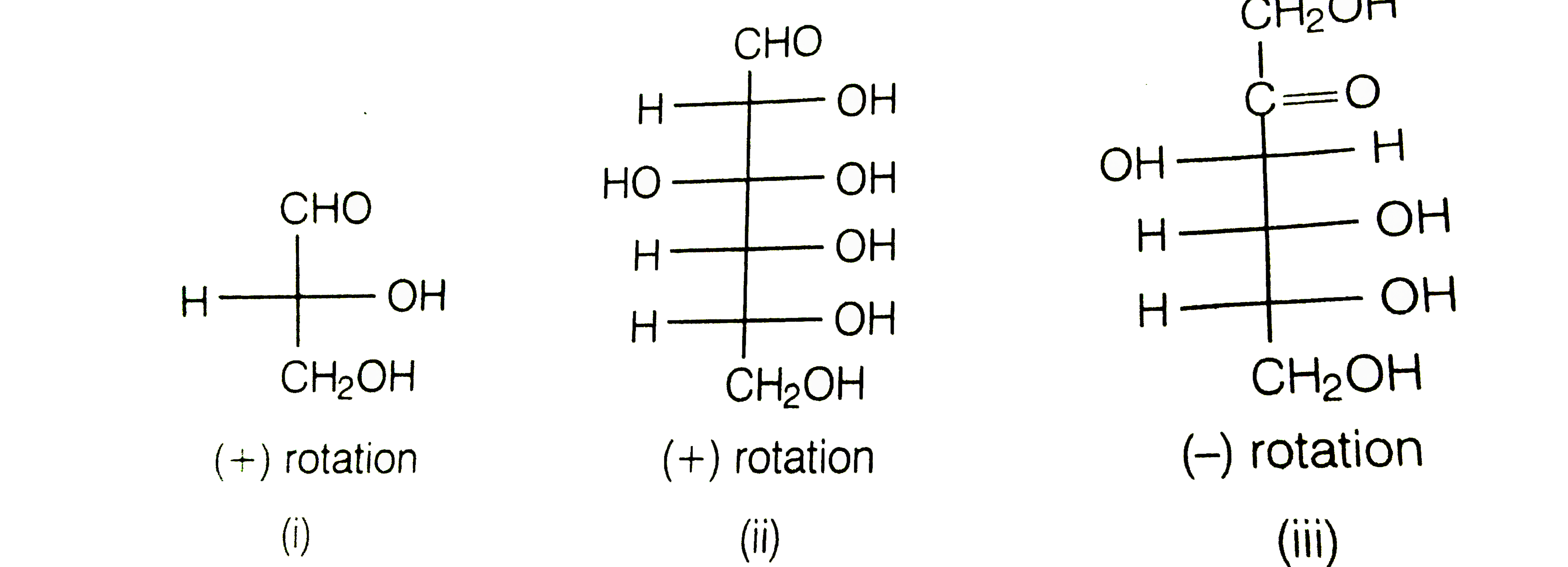
(a)I,II,III
(b)II,III
(c)I,II
(d)III
I,II,III
II,III
I,II
III
The correct Answer is:A
D and L configuration are relative configuration decided by relating structure of given saccharide with D or L glyceraldehyde.
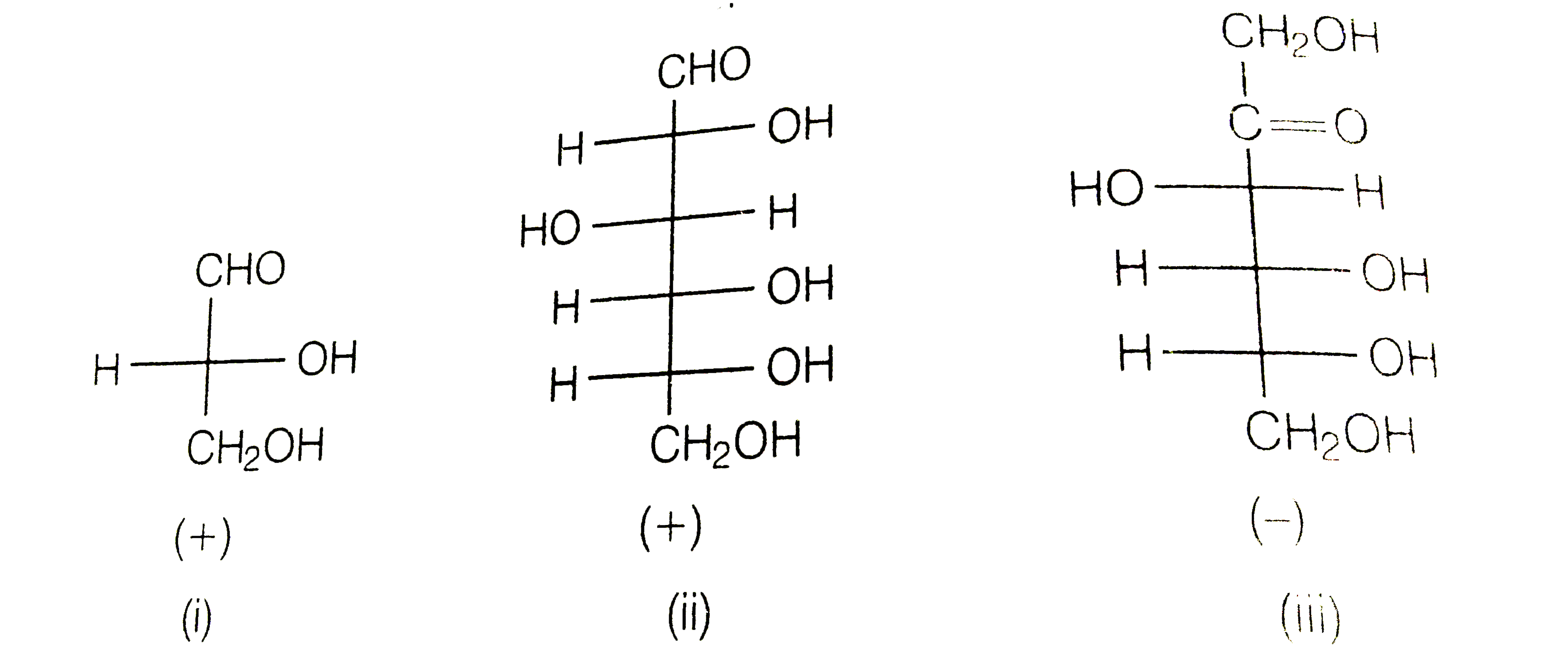
When OH an lowest asymmetric carbon is written at right hand side, it is represented as D configuration and when OH is written on left hand side, it is represented as L configuration.
Topper's Solved these Questions
- BOOK - NCERT EXEMPLAR ENGLISHCHAPTER - BIOMOLECULES EXERCISE - Short Answer Type Questions29videos
BIOMOLECULES
- BOOK - NCERT EXEMPLAR ENGLISHCHAPTER - BIOMOLECULES EXERCISE - Matching The Columns2videos
BIOMOLECULES
- BOOK - NCERT EXEMPLAR ENGLISHCHAPTER - AMINESEXERCISE - LONG ANSWER3videos
AMINES
- BOOK - NCERT EXEMPLAR ENGLISHCHAPTER - CHEMICAL KINETICSEXERCISE - LONG ANSWER TYPE QUESTIONS5videos
CHEMICAL KINETICS
Similar Questions
Optical rotations of some compounds along with their structures are given below. Which of them have D-configuration ?
 View Solution
View SolutionWhich represents correct difference when non-volatile solute is present in an ideal solution?
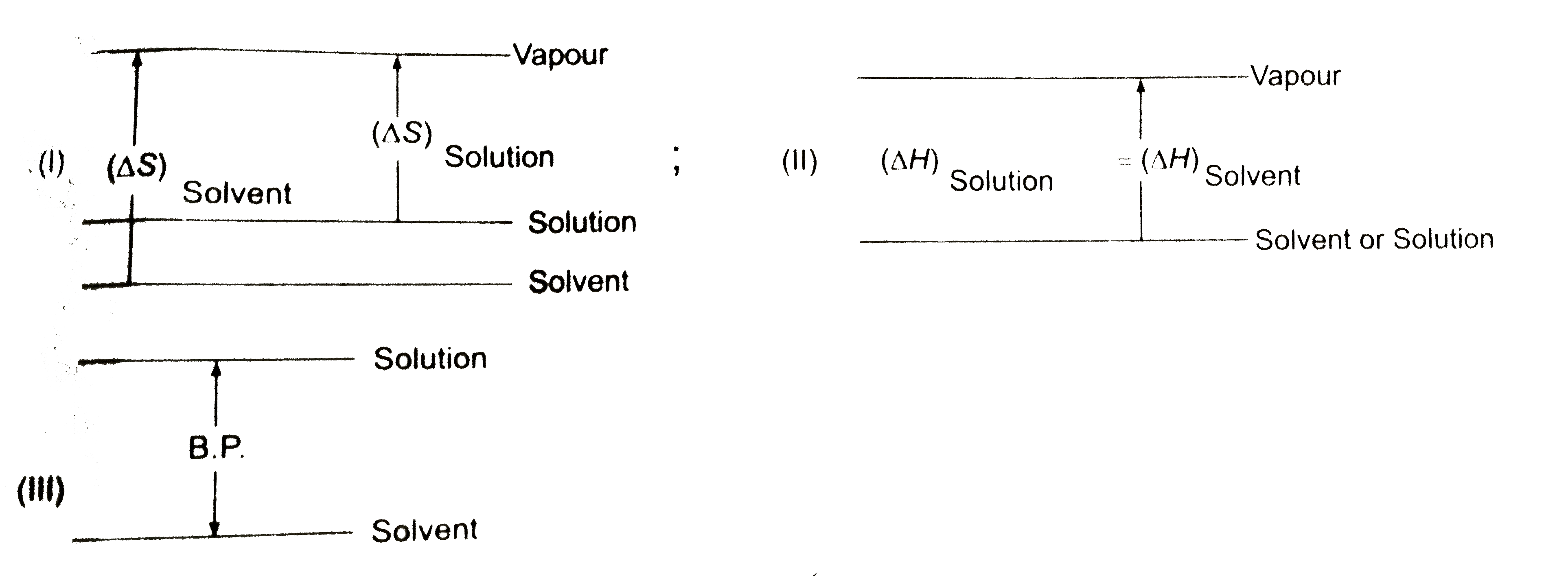
(a)I, II, III
(b)I, III
(c)II, III
(d)I, IIView SolutionWhat is new notation used instead of old notation for group given below (i) III A (ii) III B
View Solution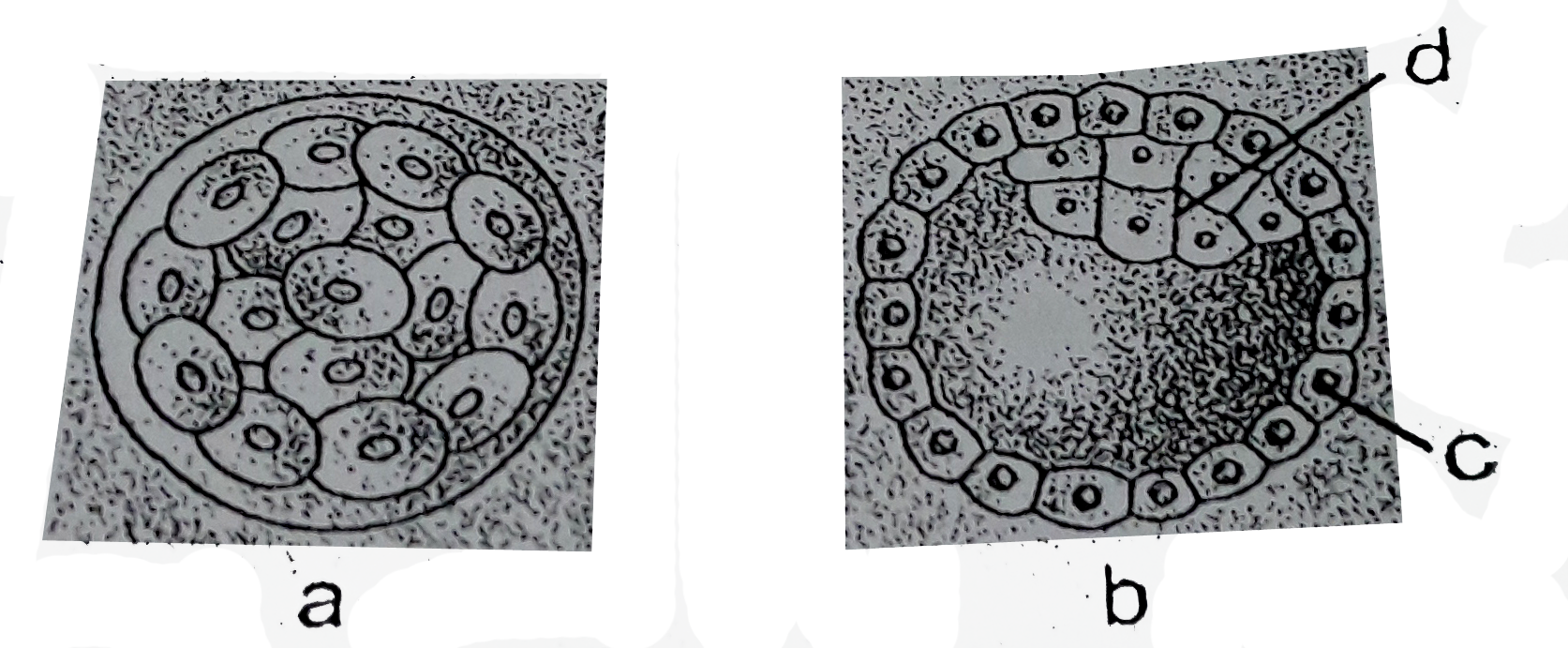
(i) Identify the stage a and b
(ii) Name the structures c and d
(iii) In which stage implantation occursView SolutionGiven below are the steps involved in parturition. Arrange them in proper sequence and select the correct option.
I. The induction of mild uterine contractions is called foetal ejection reflex.
II. Stronger uterine contractions causing the further release of oxytocin. III. Origination of signals from the fully developed foetus and placenta.
IV. Release of oxytocin from maternal pituitary
V. Expulsion of baby from the birth canal
(a) III , IV , I , II , V
(b) III, I , IV , II , V
(c) I, III , II , IV ,V
(d) II , IV , III, I,VView SolutionLabel the structure indicated by (i), (ii), (iii) and (iv)-
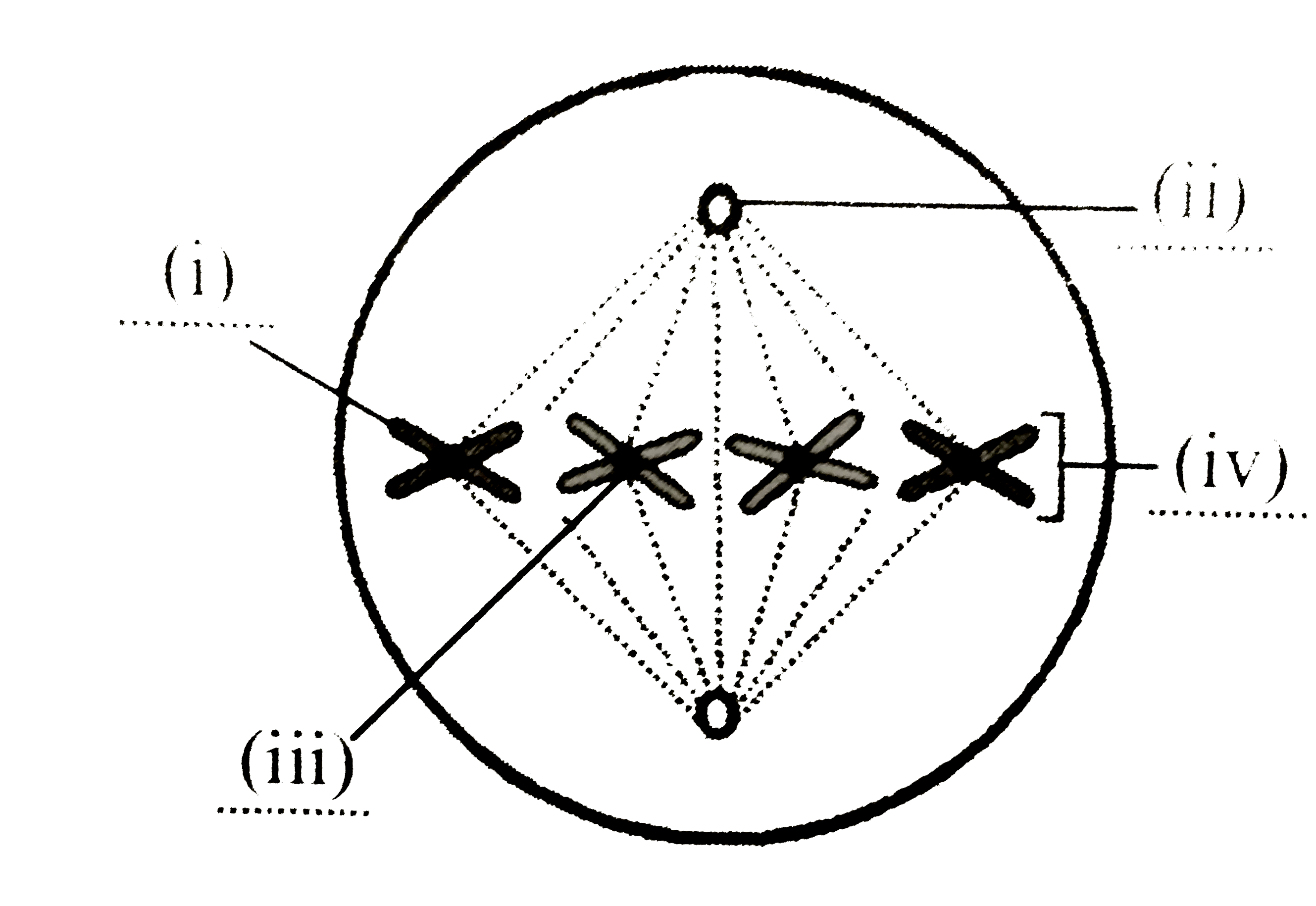 View Solution
View SolutionThe given structures I, II and III of carbonate ion represent
 View Solution
View SolutionThe optical rotation of an optically active compound is +20∘. The length of tube is 10cm and the density of solution is 0.4gmml−. The specific rotation of the compound is:
i. +50∘ ii. +500∘ iii. +5∘ iv. +0.5∘View SolutionGive the characteristic coordination number of each of the following central metal ions .
(a) Cu(I)
(b)Cu(II)
(c ) CO(III)
(d) AI(III)
(e) Zn(II)
(f) Fe(II)
(g) Fe(III)
(h) Ag(I) .View SolutionMatch the Xenon compounds Column-I with its structure in Column-II and assign the correct code :
Column-IColumn-II(a)XeF4(i)pyramidal(b)XeF6(ii) square planar(c)XeOF4(iii) distored octahedral(d)XeO3(iv) square pyramidalView Solution

